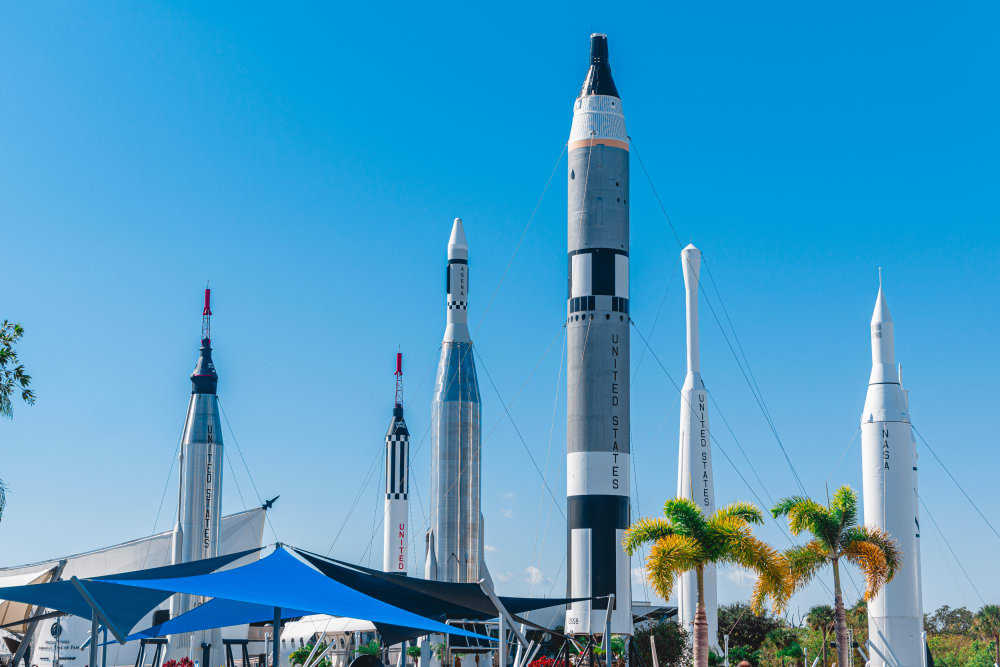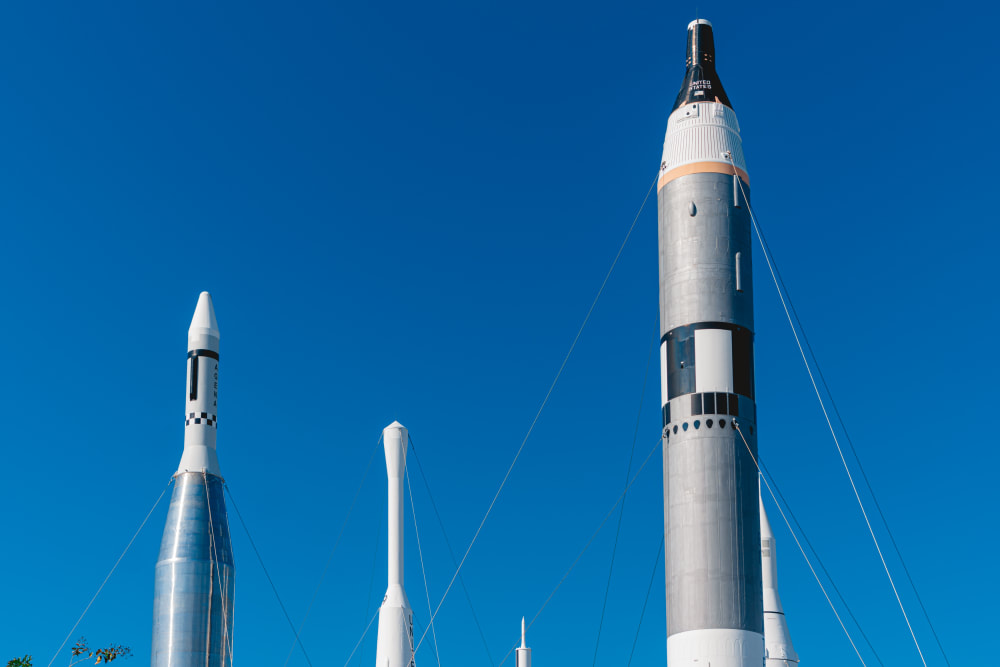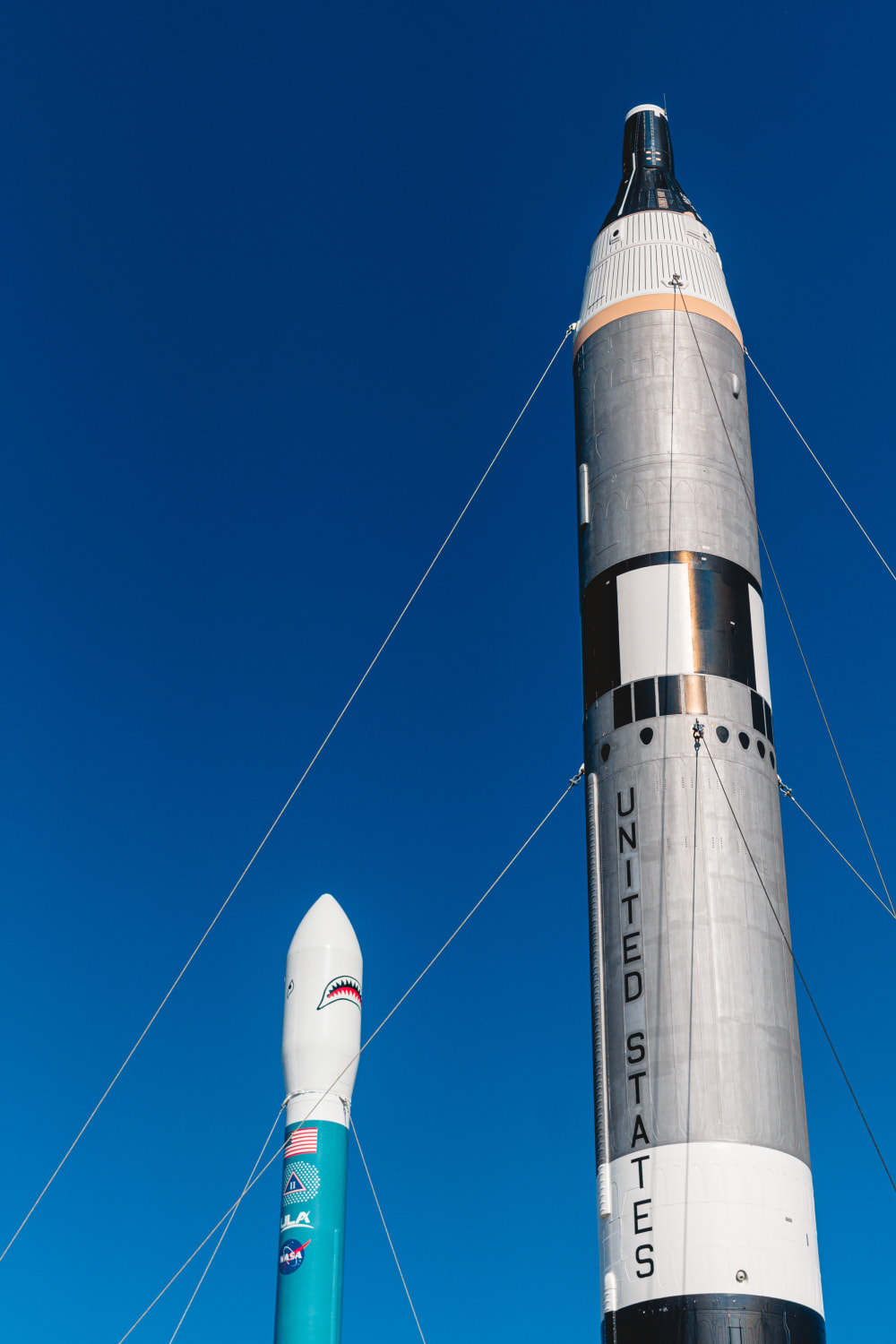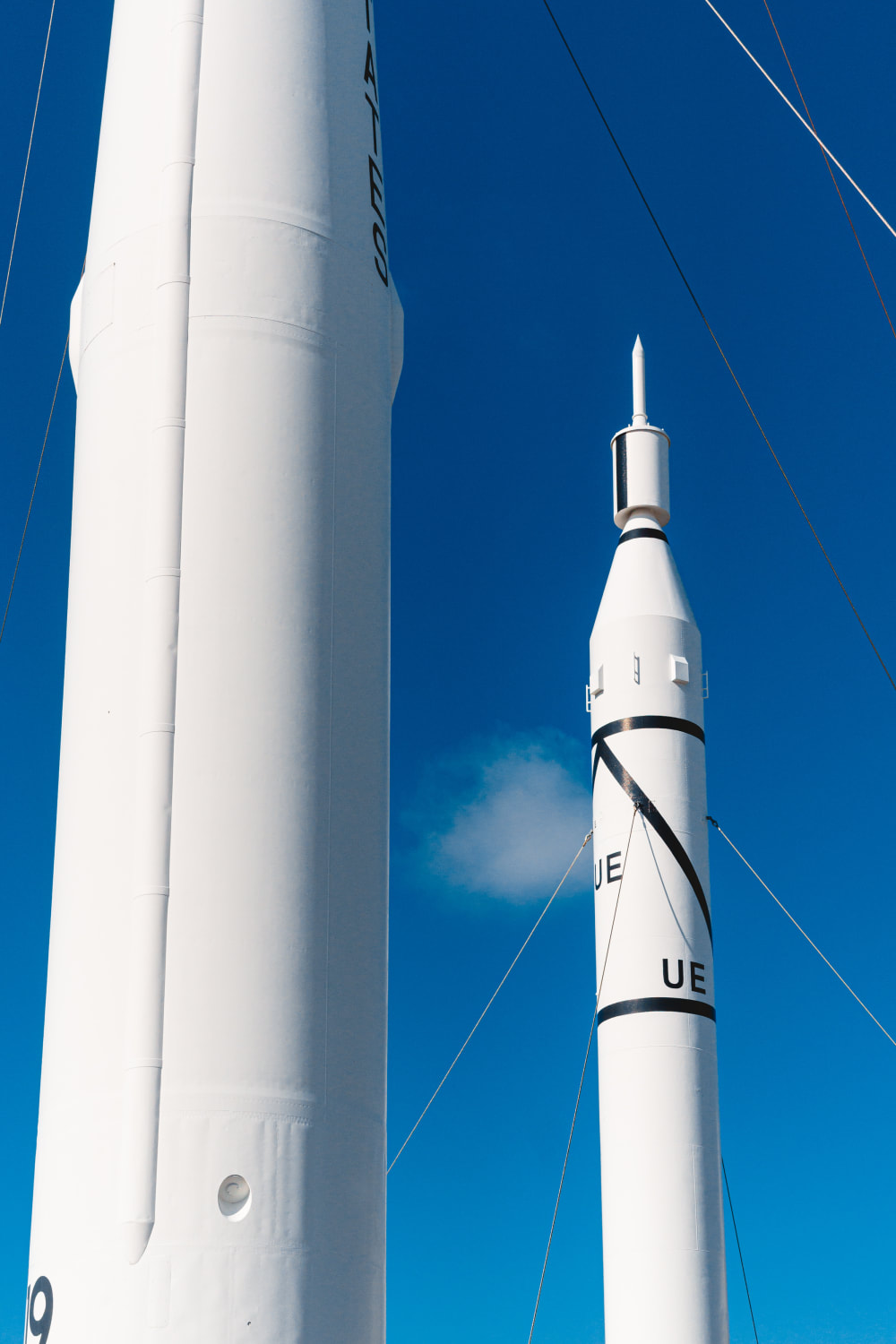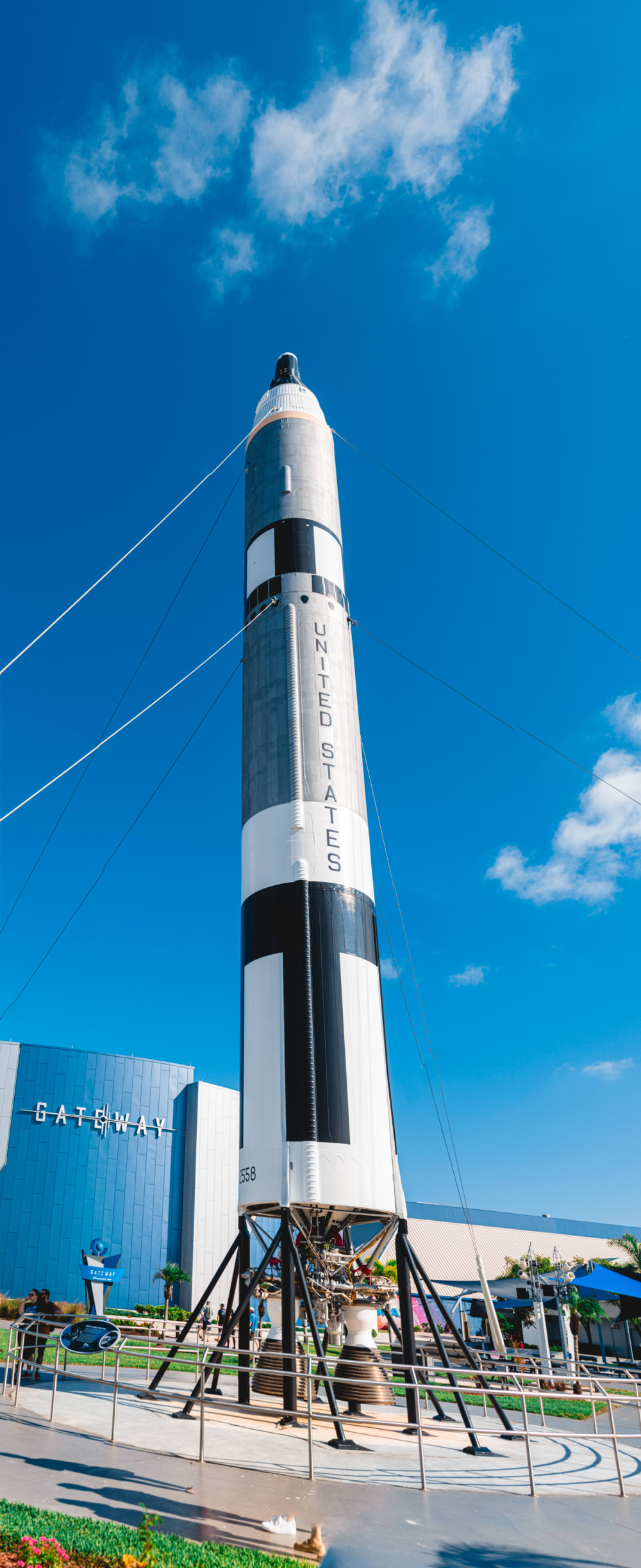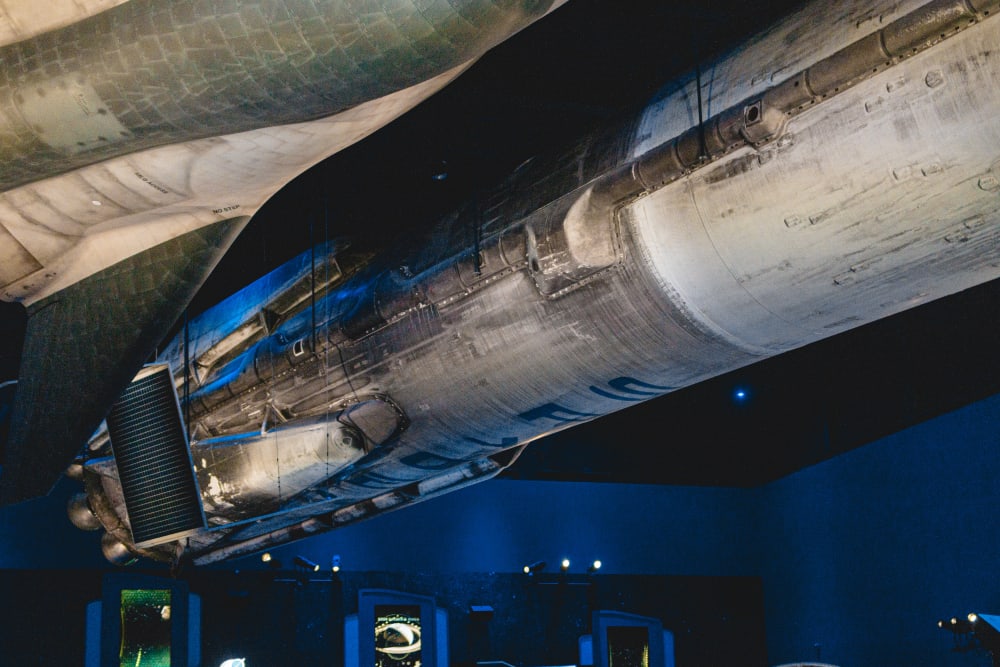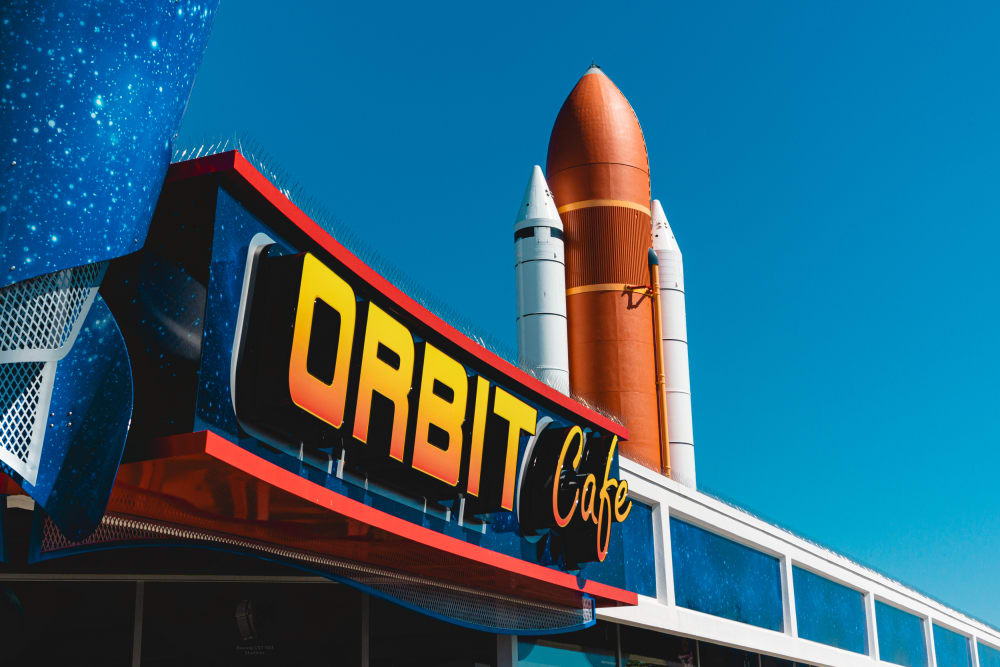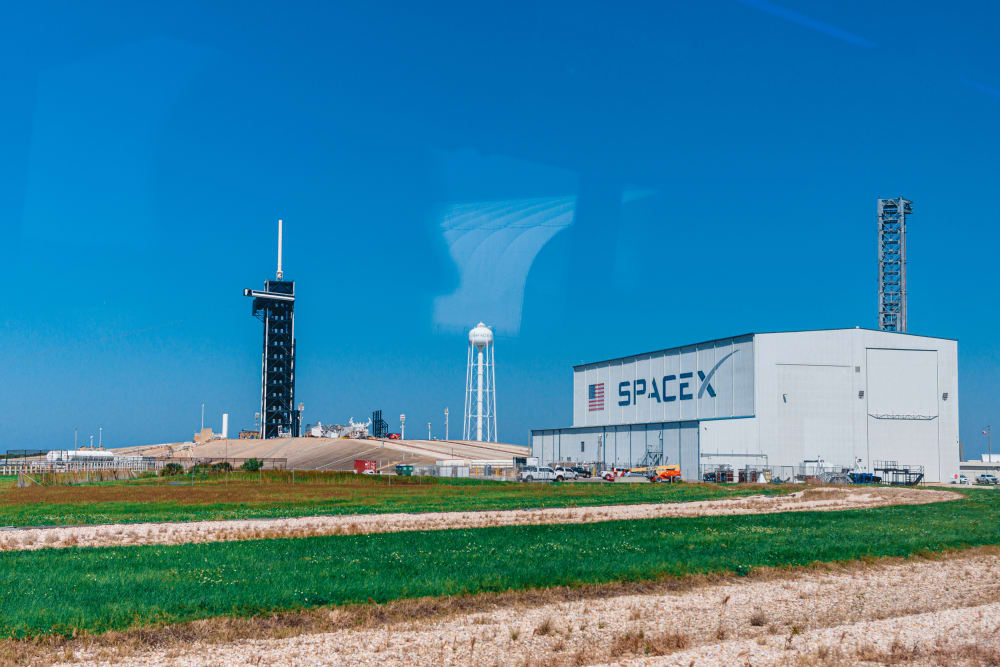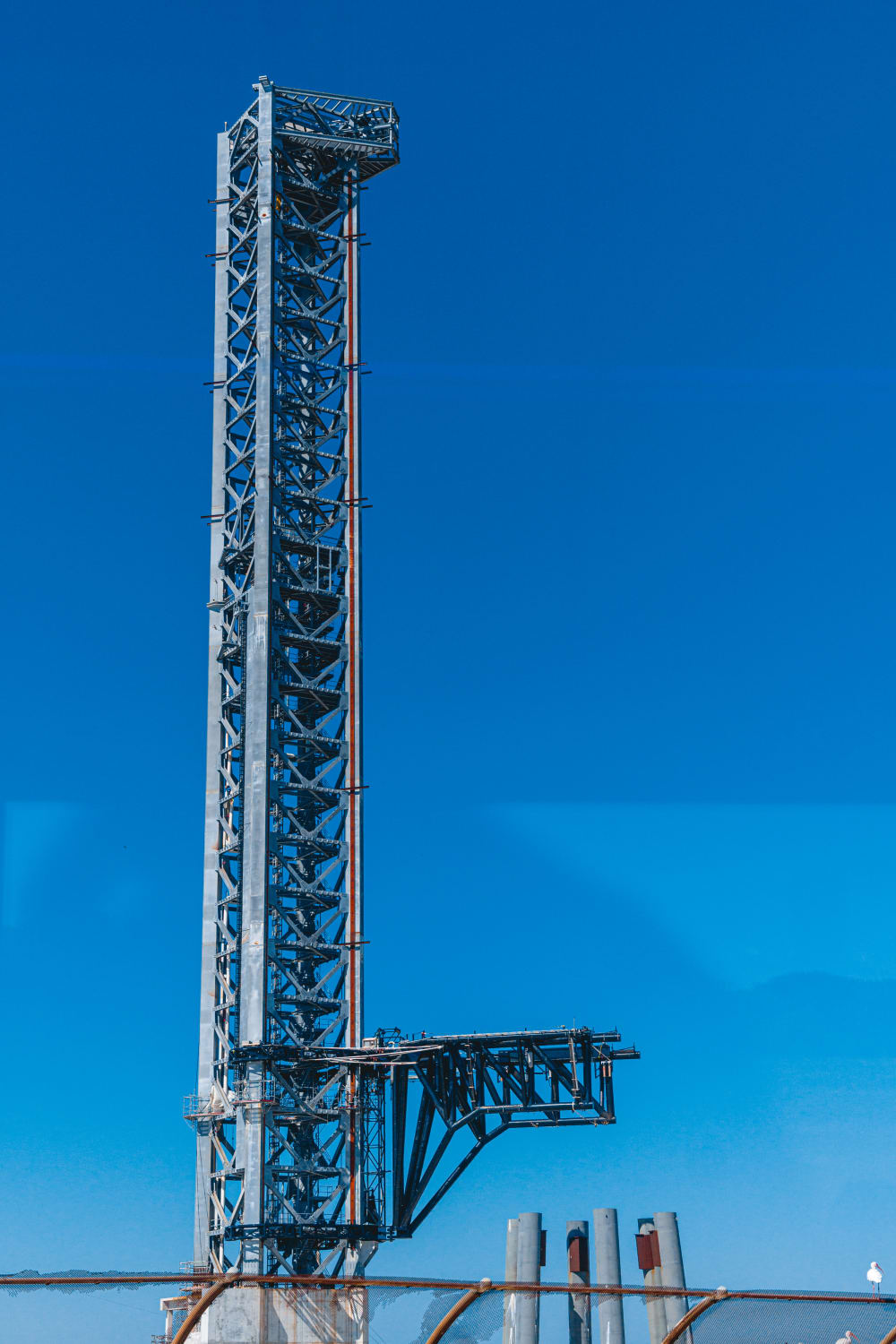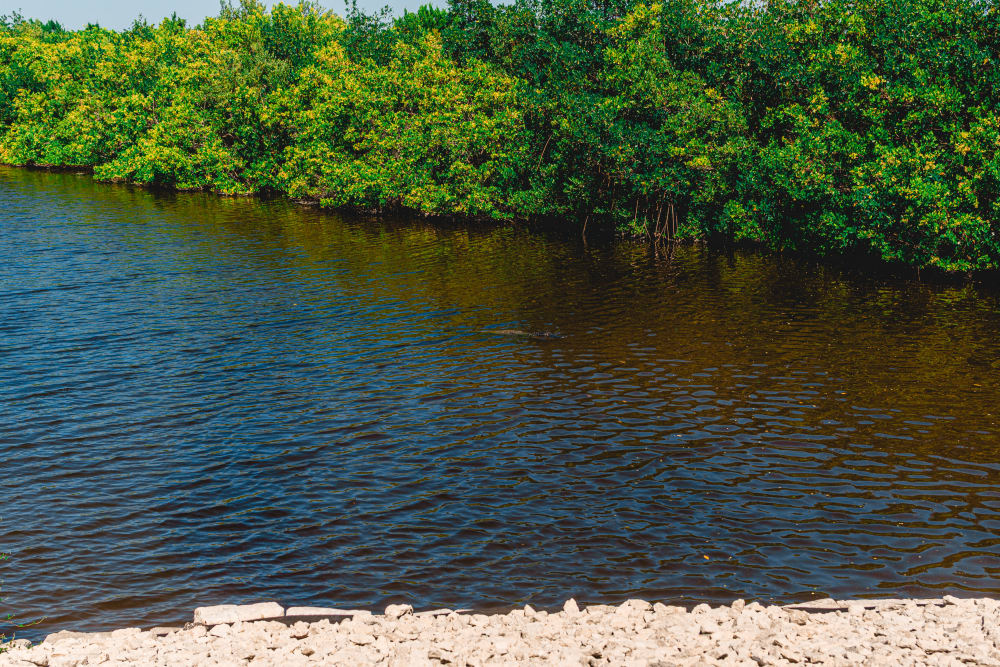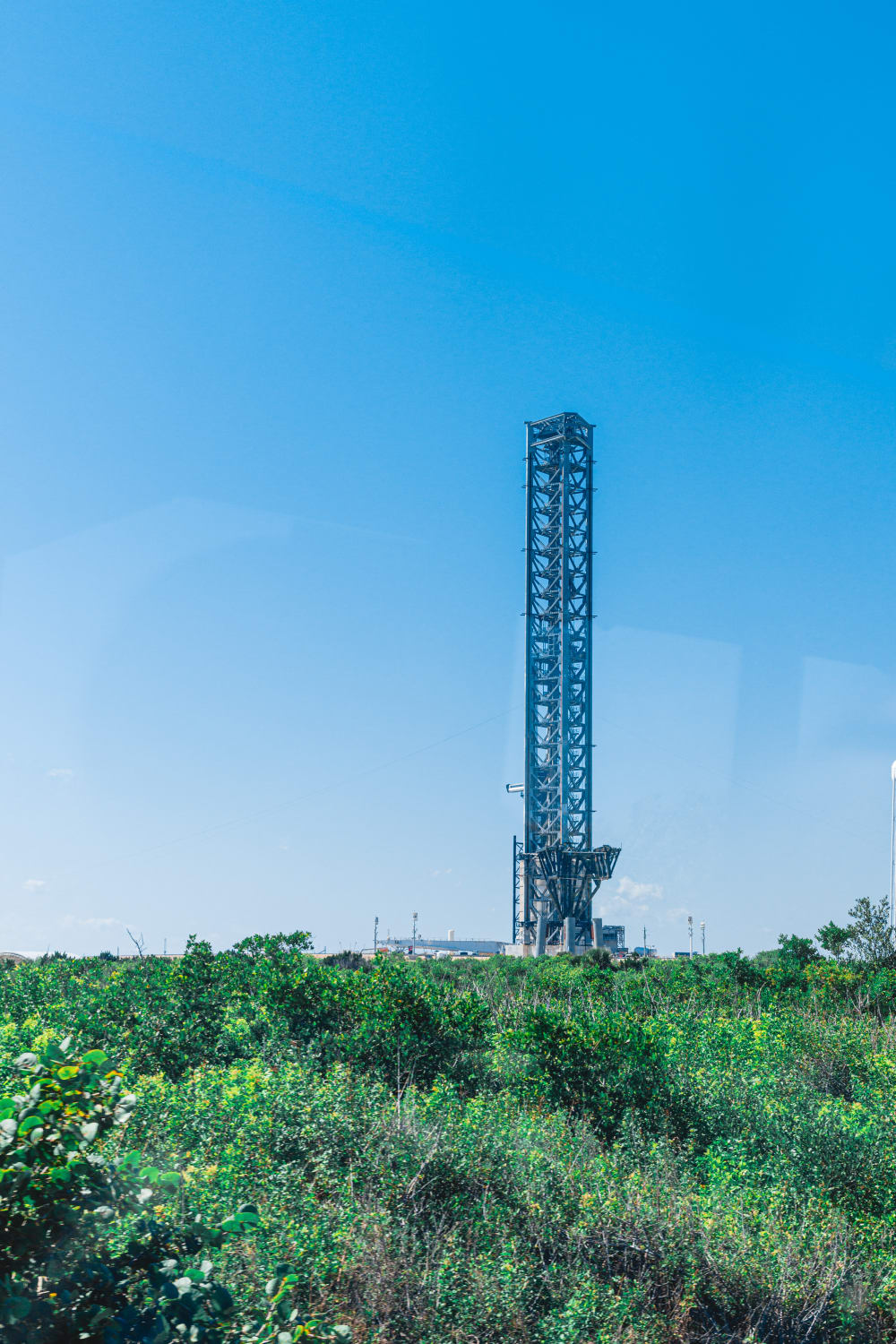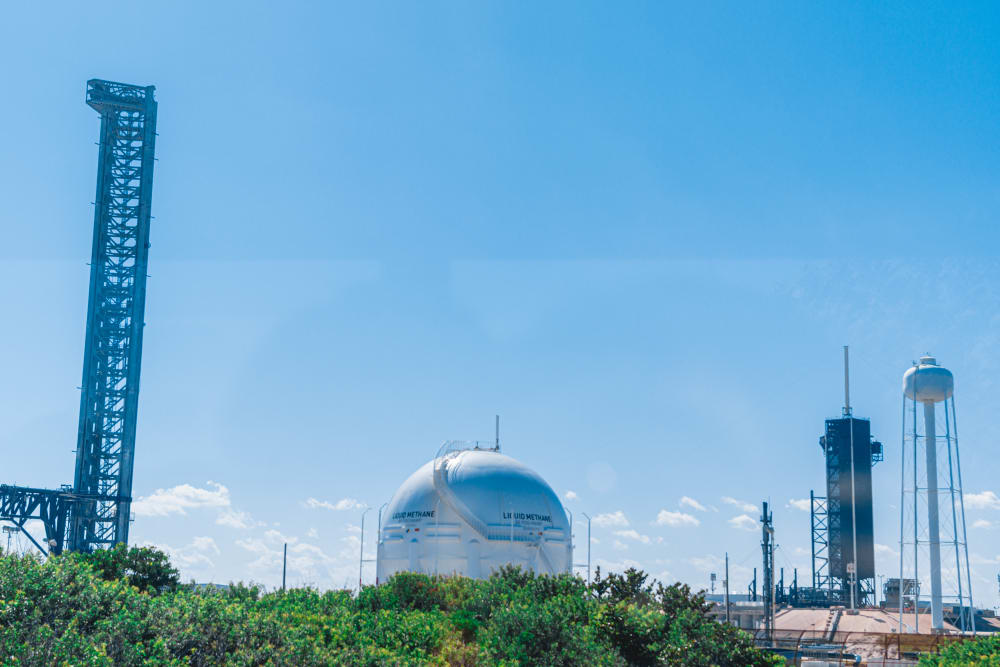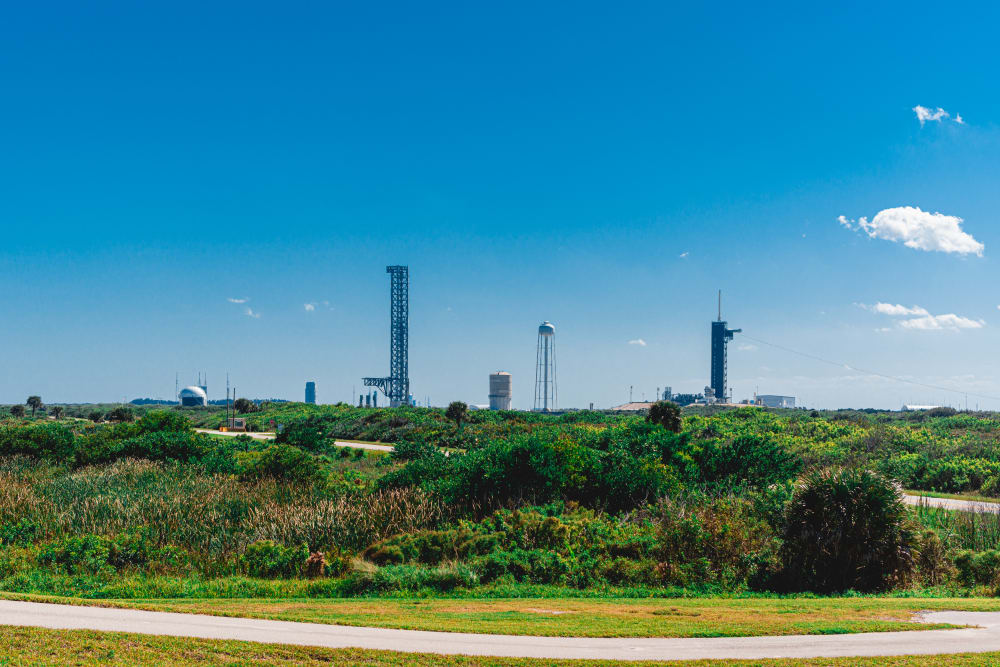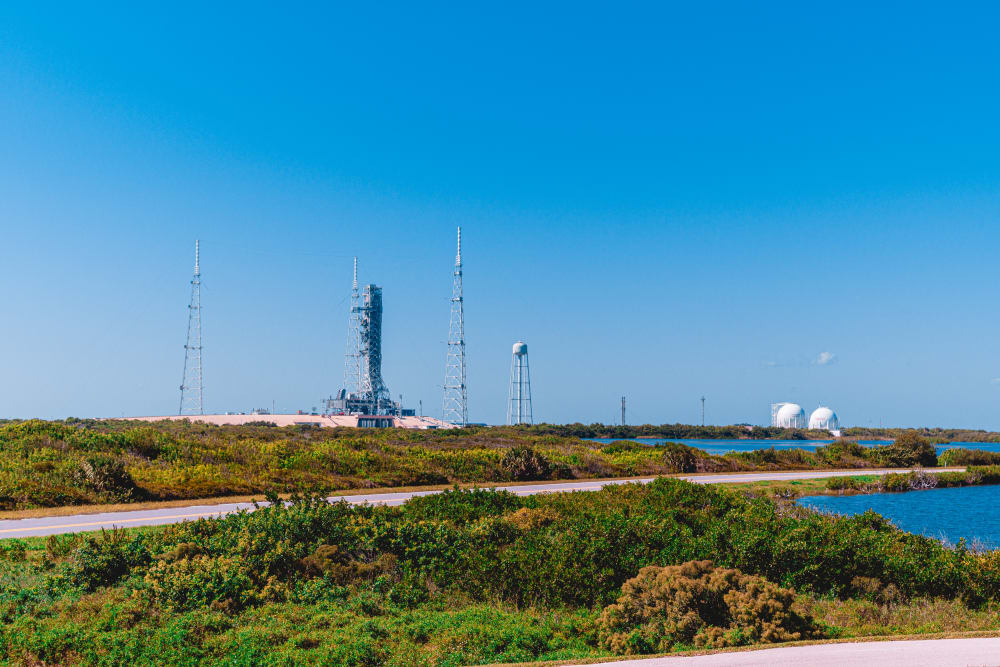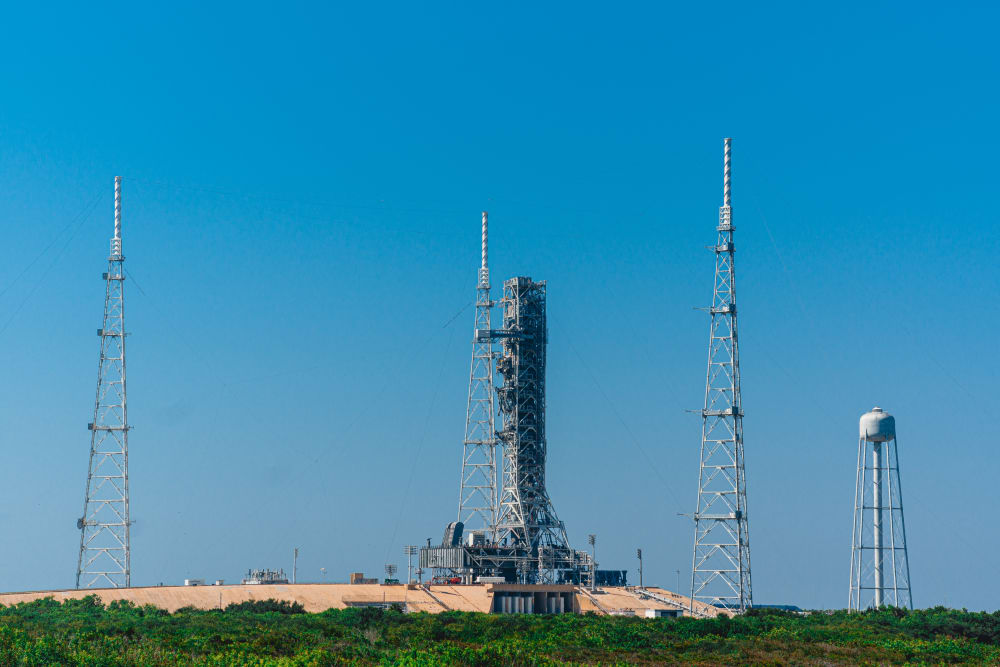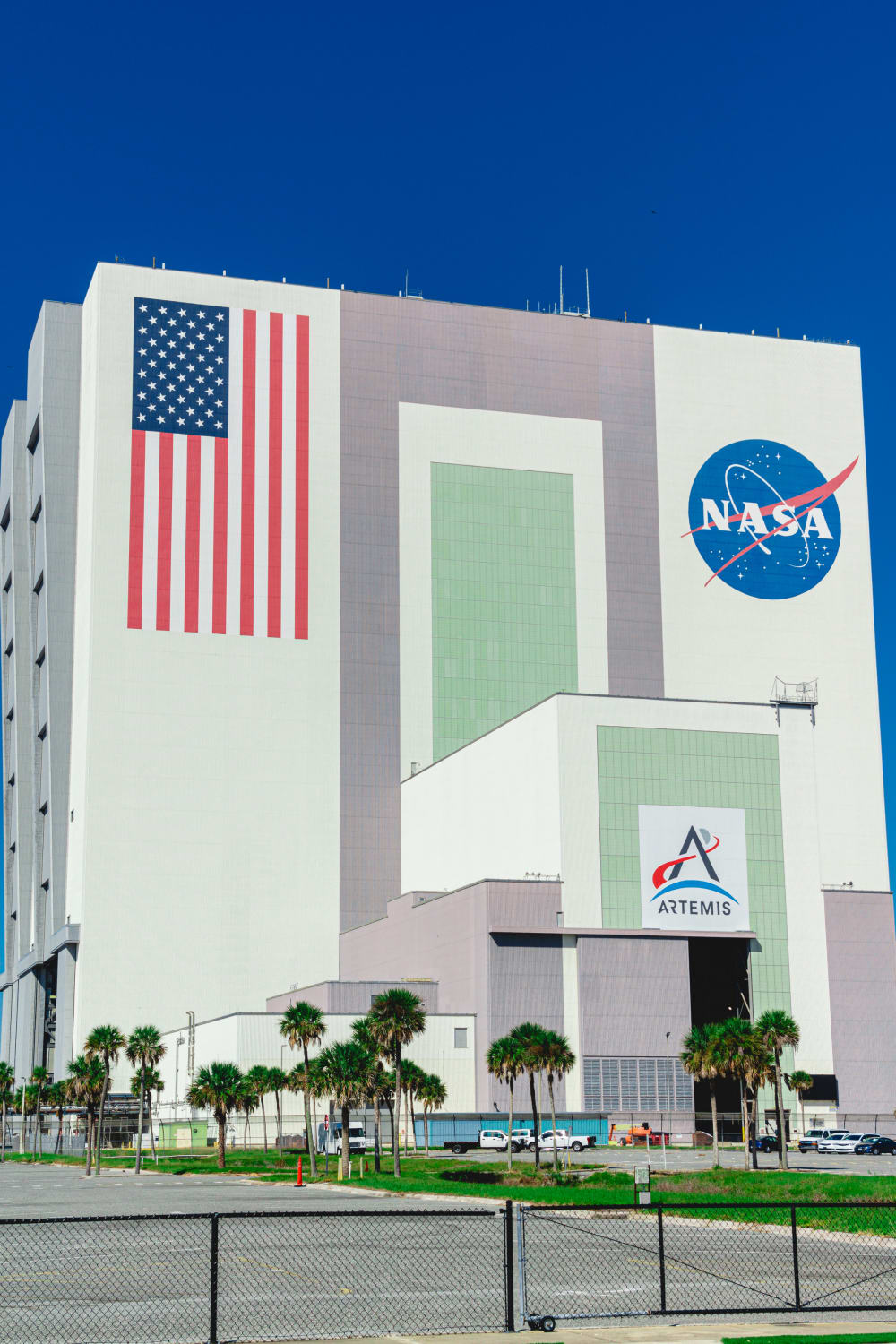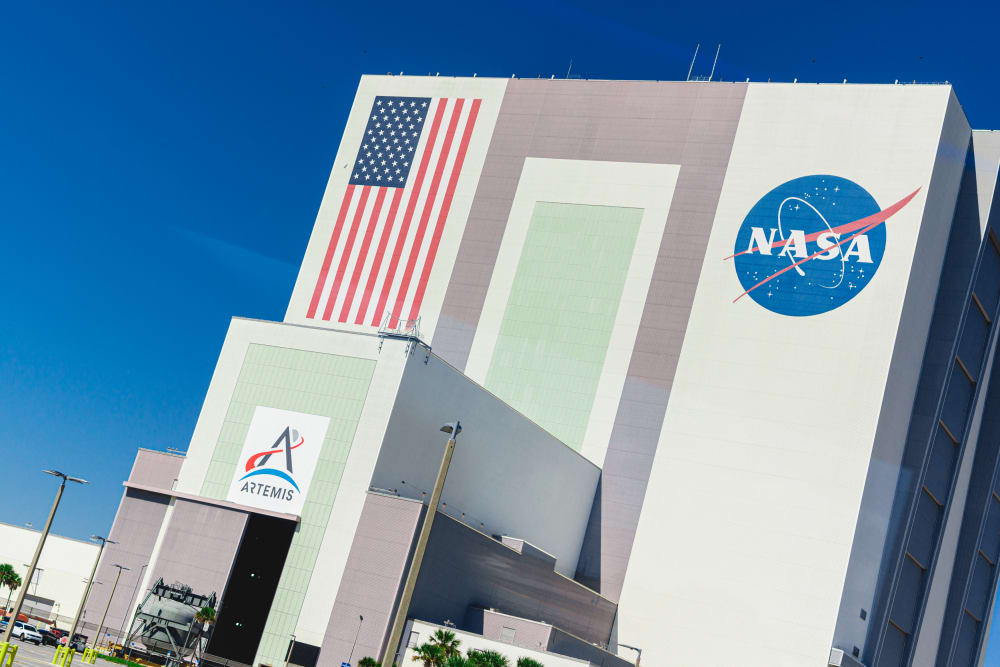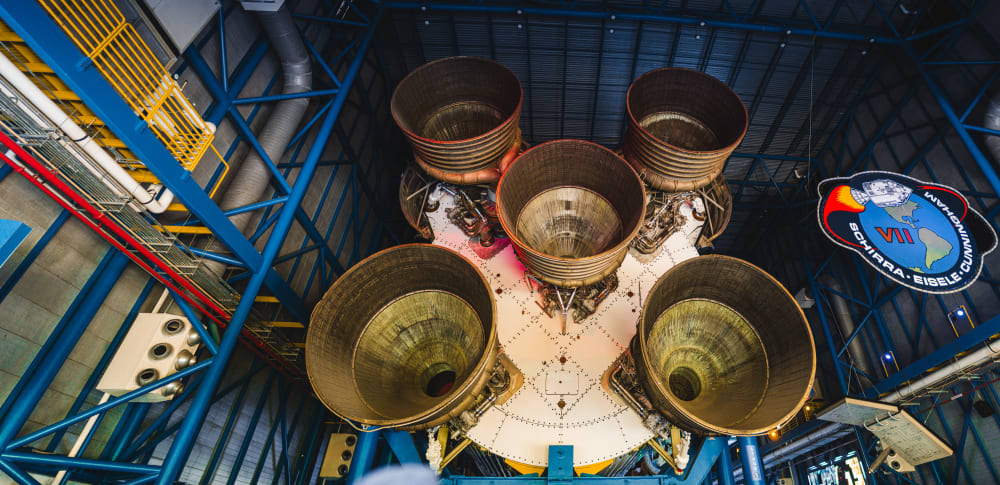Trip to NASA 2023
NASA, formed in 1985, led the US in space exploration and research. Kennedy Space Center (KSC) is NASA’s primary launch facility. President John F. Kennedy established it as part of his goal to land a man on the moon. The last time I visited KSC I was still in high school. Even though I found it interesting, my understanding of what I was seeing wasn’t complete. These days, I appreciate the work done at NASA and its achievements much more.
My wife and I planned a trip in late August. She had never been to NASA, so I wanted to take her there. Additionally, we wanted to test drive our Volkswagen ID.4 in a long-distance trip. Since NASA is smaller than nearby attractions, we knew a day would be enough. As new EV owners, range anxiety was definitely a factor in our planning.
I remember my previous trips to NASA, but I had little control or knowledge of where to go. This time, my goal was to get as close to the launch pads as possible. On the NASA Kennedy Space Center website I found the KSC Explore Tour. This tour is an extension to the regular NASA tour. It includes stops for taking great photos.
According to EV trip planning apps, NASA’s KSC is within the ID.4’s single charge range, about 180 miles away. However, we wanted to make sure we had enough charge when we reached KSC. Therefore, we found a couple of charging stations near the halfway point in our trip. We also verified that NASA had charge stations so we could recharge while exploring KSC.
The drive up was boring. I shouldn’t have taken Florida’s Turnpike because it goes down to two lanes for most of the way to KSC. I spent far too much time changing lanes to bypass slow drivers and make way for fast ones. This made the Adaptive Cruise Control feature of the ID.4 harder to get used to. The midway point charge stop we found was at an RV park; it had a Level 2 AC charger and a DC charger. Both were vacant, but as soon as we started charging, another EV arrived to charge. They had to wait for about 20 minutes while I charged from 50% to 80%. ChargePoint provided the chargers, which were easy to use. We have free charging through Electrify America, but it only cost us $6.13 USD to charge at this stop. We were back on the road and arrived at our hotel right on schedule. For our next trip, I plan on looking for a hotel with on-site EV or RV chargers.
The next morning, we were on our way to NASA. I felt excited about NASA having EV chargers, but I knew not to expect too much. NASA’s chargers were cool because they were solar-powered, but that’s not as great as it sounds. It was a clear, sunny Florida day, with strong fall sunlight. The charger began at 6 kW but dropped to 3 kW because another EV plugged in nearby. My at home Level 2 charger does around 7kW, and a typical DC charge does around 30kW but can go as high as 135kW. Regardless, we had a full day planned, and the charge state was the last thing on my mind.
When you visit NASA, the Rocket Garden is the first thing you’ll see. It showcases important achievements in US space travel. Most of the rockets are real, in the sense that they are either test articles or spares. Most rockets, even the Space Shuttle expended its first stage. The Falcon 9 is the first orbital-class partially-reusable rocket. As of 2023, it’s first stage can return to land for faster re-use.
One of the rockets on display is a Gemini-Titan II, a replica of GLV-3 from GT-3, the flight of Gus Grissom and John Young. NASA’s first two-person flight was groundbreaking for future space travel. The crew maneuvered the orbiter on their own, paving the path for further exploration. I guess the more interesting bit is how John Young smuggled a corned beef sandwich on board. I decided this meant the rocket required its own vertical panorama.
Inside the KSC Gateway: The Deep Space Launch Complex, there is a real Falcon 9 booster. It was part of the first flight of the Falcon Heavy. I took a good panorama with my phone. I considered using my DSLR, but it needed a wider lens for the limited vertical space.
It was incredible to see the Space Shuttle fuel tank and boosters above the buildings. Unfortunately, we didn’t get to try the food at KSC, but the ice cream was delicious!
Faster than expected, it was time for the tour. It was on a nice high-riding tour bus, like the ones used for long-distance trips. The guide was a chuckle-worthy mix of informative and cheesy.
We first stopped at a lookout point for the launch sites. The LC-39 observation gantry can be used to watch NASA launches. From here, I could see both SpaceX launch facilities: LC-39A and SLC-40. The new Starship tower looked great from here too.
I grabbed a couple of panoramas while we were up here. To the left of SpaceX’s LC-39A facility is LC-39B used by NASA’s SLS.
The tour continued and we got even closer to LC-39A. I felt like I could walk over to SpaceX’s Horizontal Integration Facility. The new SpaceX tower looked massive even from far away. I’m excited to visit again and see a Starship next to it. NASA plans to use Starship, so we will be able to get tickets to see a launch up close.
We saw a small alligator.
More details of SpaceX’s launch facility.
On our way to LC-39B, we stopped at a beautiful spot near a camera bunker. Launch providers use this bunker and similar installations around the launch pad to study their rockets’ during launches. From this vantage point, we enjoyed a breathtaking panorama of LC-39B. Surprisingly, the best part of our visit were two gopher tortoises enjoying the sun. They are one of many protected species that live on NASA’s launch facilities.
I didn’t get any pictures, but we drove right by NASA’s SLS launch pad too. We could see all the way through the launch trench. I’m hoping we can make it back to NASA when the next SLS is sitting here too.
After the launch pads, we stopped at NASA’s Vertical Assembly Building. NASA built the facility in 1966 to assemble the massive Saturn V rocket. Starting in 1980, it was continued to be used to assemble the Space Shuttle and now it assembles the Space Launch System. As of 2022, it is the 8th biggest building by volume. It is also currently the largest building with only one floor. For being a simple building, it’s pretty damn iconic.
There were other cool things here, like a real orbiter access arm from the Shuttle era. But, I was having too much fun to take a picture of it.
The tour ended at the Apollo/Saturn V Center. There, a full-sized mock-up of a Saturn V spans the building’s entire length. It’s unreal walking along this thing; make sure to stretch your neck muscles. There were some cool museum pieces and some interactive displays here.
That was our trip to NASA. It is as intense as I remembered it, with a foreboding feel of hallowed ground. There were other experiences too, but the tour took up most of our time. Some experiences such as the Astronaut Training Experience require at least 5 hours at the park and cost more. I plan on doing that later, now that I have a better idea of experience at KSC.
On our way out, I got a notification that the car had stopped charging. Not sure why, its possible the chargers stop towards the park’s closing time. After 6 hours, the solar panels managed to give me 18.7 kWh or about 76 miles. According to the car and my EV trip planning apps, at 50% I was well within the remaining range of the car to make it home. Still, we were hungry, so I searched for nearby places to eat and charge. Here’s where things started getting a bit annoying.
I found a ChargePoint charger in a public parking lot near a Thai restaurant. Sadly, when we got to the location we found a street event was blocking the road to the parking lot. We chose to visit an Electrify America station instead and got snacks and coffee at a nearby Dunkin. There were four older Efacec chargers in a Sam’s Club parking lot. Two of the chargers were being used. One of the remaining two was showing an out of order message, so I went over to the remaining spot. When I plugged in the charger, there was no error message, but it wouldn’t charge the car. So we waited about 8 minutes for one of the used chargers to free up. From what I’ve seen, the Efacec built chargers are the most prone to issues.
While we waited, three other EVs pulled up to charge. Luckily, the car parked next to us finished their shopping and left. This opened up a spot for another car to charge. Even so, this was annoying for users, as there were no other chargers in that small area. Once we had charged to 85%, we left making sure the next person in line got the charger.
Similar to our trip to KSC, on the way back, we drove halfway then searched for a charger. We found one near Carrabba’s Italian Grill. My wife had been to this place before and it blew her away, and she was not wrong. I will never forget how well the food tasted here. Unfortunately, the charging stations weren’t at the restaurant. We decided to eat first and charge later. This Electrify America location had more chargers and looked to be built by ABB. It was at a plaza of large shops; there were six charge stations, and it looked like they were all working. We had our pick of the bunch. As I tried to charge, for some reason, both our Electrify America apps decided to log us out. I have no idea why, but I was able to start a charge as a guest from the station. We had to pay, but it wasn’t a problem. After a few minutes, the Electrify America app worked again. I ended the charge and started it again for free using the app.
Around 20 minutes later, we were back on the road. About an hour later, we were back home. We plugged the car in to our at home Level 2 charger, and the next morning, we had a “full tank”. During our trip, we had concerns about running out of battery and finding chargers. However, we had prepared and knew what to expect on our route. I found the various apps and sites to calculate charge rates and EV trips were accurate. More than likely because our car is less than a year old, and has a modern EV battery. If we do a longer trip, I will consider bring our level-2 charger with us, but I don’t think we’ll need it…
